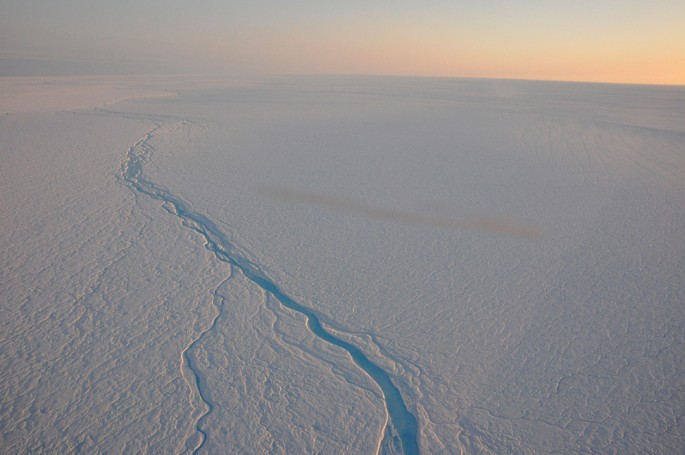New research on Greenland reveals that the firn layers that are made from ice and snow that accumulated near the surface, now contain less water than previously believed.
A team of scientists travelled to Denmark's borders to the North Atlantic ocean to investigate these firn layers which is also an essential part of the ice sheets, where it acts like a special sponge, that can store water during the freezing winter and then releases water again when temperatures become warmer.
However, in this new study, Greenland ice sheets are found to be storing less water compared to prior estimates.
The Greenland ice sheet possesses a thickness of about 80 meters however, it is now slowly deteriorating due to current warmer atmospheric conditions and temperatures. This now leads to more meltwater being released into the oceans, where the sea rises to dangerous levels.
According to lead author of the study, Horst Machguth from the University of Zurich in Switzerland, basically, this new study proves that the firn reacts immediately to our changing climate. The ability of the firn to limit mass loss of the ice sheet via retaining meltwater has become weaker and significantly smaller than previously known.
Until now, it was unknown how the firn reacted to very warm summers in Greenland recently. This new research can provide a clearer idea whether the firn is capable of retaining meltwater or if the sponge was overwhelmed by this sudden change in climate, Machguth adds.
Researchers have trekked for hundreds of kilometers across Greenland, drilling 20 meters into the ice layers, with the help of a radar unit to obtain measurements of the firn layers' structures and depth.
Upon comparing these results with past studies, the new and old sites revealed that the new drilling sites contain "ice lenses" where water can trickle down the firn layer, making it unable to retain much water.
According to co-author of the study, Dirk van As from the Geological Survey in Denmark and Greenland, it appears that this prevalent and repeated entry of meltwater caused these numerous formations of ice lenses that can prevent the percolation of more meltwater in the end.
These ice lenses now acts like a cap on the firn layer that stops it from absorbing more meltwater which can slide back into the ocean, leading to rising sea levels.
This new study is published in the journal, Nature Climate Change.



























